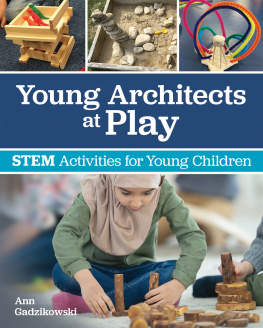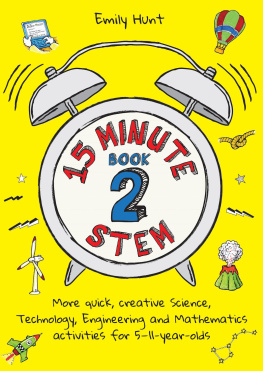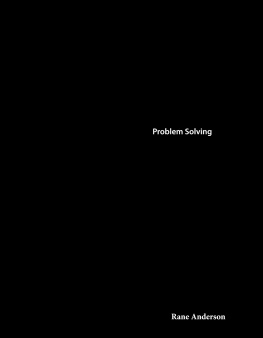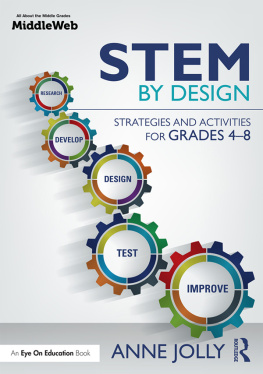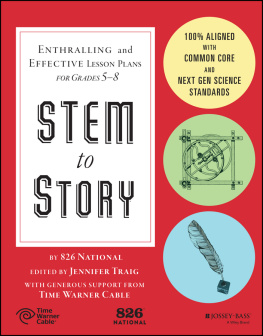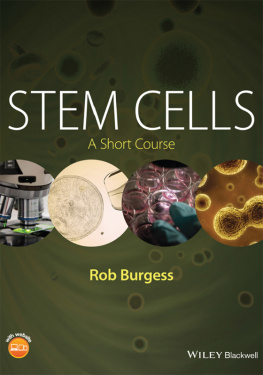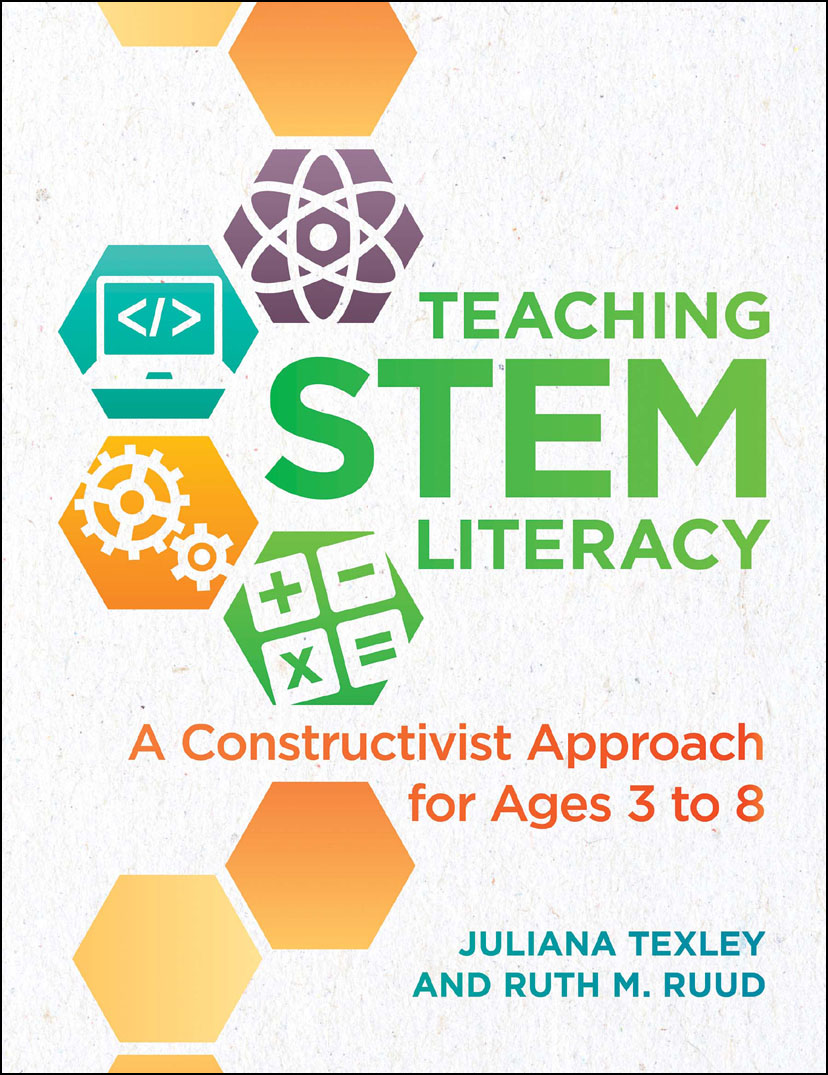Juliana Texley - Teaching STEM Literacy: A Constructivist Approach for Ages 3 to 8
Here you can read online Juliana Texley - Teaching STEM Literacy: A Constructivist Approach for Ages 3 to 8 full text of the book (entire story) in english for free. Download pdf and epub, get meaning, cover and reviews about this ebook. year: 2017, publisher: Redleaf Press, genre: Children. Description of the work, (preface) as well as reviews are available. Best literature library LitArk.com created for fans of good reading and offers a wide selection of genres:
Romance novel
Science fiction
Adventure
Detective
Science
History
Home and family
Prose
Art
Politics
Computer
Non-fiction
Religion
Business
Children
Humor
Choose a favorite category and find really read worthwhile books. Enjoy immersion in the world of imagination, feel the emotions of the characters or learn something new for yourself, make an fascinating discovery.

- Book:Teaching STEM Literacy: A Constructivist Approach for Ages 3 to 8
- Author:
- Publisher:Redleaf Press
- Genre:
- Year:2017
- Rating:5 / 5
- Favourites:Add to favourites
- Your mark:
Teaching STEM Literacy: A Constructivist Approach for Ages 3 to 8: summary, description and annotation
We offer to read an annotation, description, summary or preface (depends on what the author of the book "Teaching STEM Literacy: A Constructivist Approach for Ages 3 to 8" wrote himself). If you haven't found the necessary information about the book — write in the comments, we will try to find it.
Teaching STEM Literacy is comprised of ready-made, open-ended lessons reviewed and tested by teachers, which help educators integrate STEM learning into the early childhood classroom. Lessons are linked to the Next Generation Science Standards, and encourage creative ideas for three-dimensional STEM learning that are developmentally appropriate and exemplified through childrens literature.
The three-dimensional STEM learningcontent, concepts, and practicescomes in twelve, ready-made open-ended teaching units that make it easy to teach science and inquiry to young children. This book uses the 5E framework (engagement, exploration, explanation, elaboration, and evaluation) to cultivate childrens skills of observation, questioning, and data collection by combining discovery, problem solving, and engineering solutions to authentic questions that young children might ask.
Juliana Texley holds a masters in biology and chemistry, and a PhD in curriculum development/science education from Wayne State University, and has over thirty years of teaching experience. She is a graduate-level adjunct professor specializing in educational technology and assessment, science, and science teaching at Central Michigan University and Lesley University in Massachusetts. Texley has been a National Science Teachers Association (NSTA) member for thirty years, and served as president from 2014-2015. She is on the board for Young Voices for the Planet and led the development and evaluation of online learning programs for JASON Learning.
Ruth M. Ruud has over thirty-five years of teaching experience ranging from early childhood to undergraduate studies. She has a masters degree in education with additional coursework in all areas of science. A former Delta Education FOSS (Full Option Science System) consultant, Ruth currently works as an adjunct professor teaching physical geography courses at Cleveland State University. She served as president of the Pennsylvania Science Teachers Association and has chaired a number of committees of the National Science Teachers Association (NSTA), is a member of the NSTA Recommends committee, and is the head reviewer for the NSTA Shell Science Lab Challenge.
Juliana Texley: author's other books
Who wrote Teaching STEM Literacy: A Constructivist Approach for Ages 3 to 8? Find out the surname, the name of the author of the book and a list of all author's works by series.

